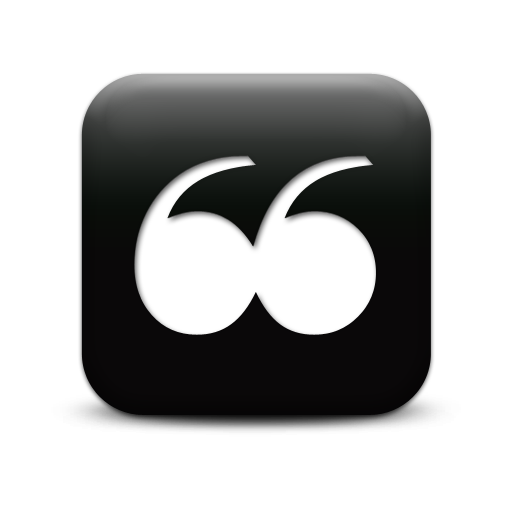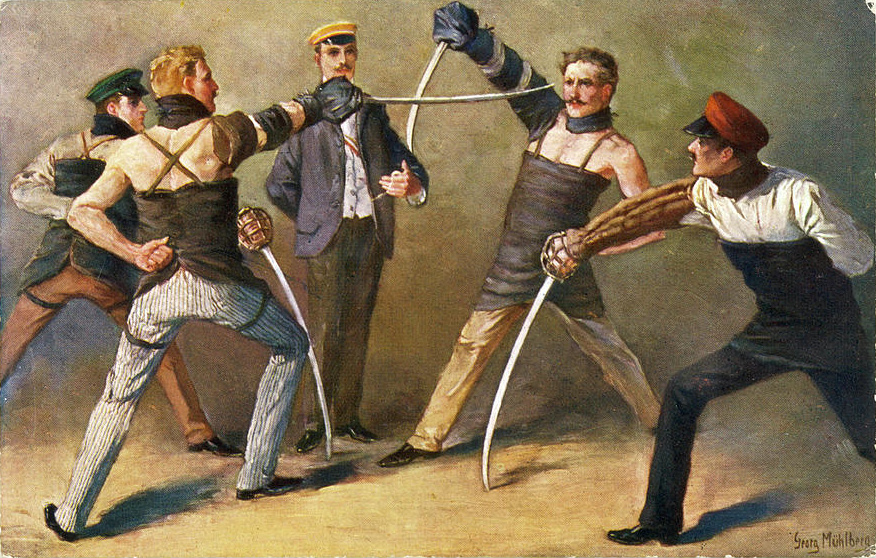 |
| "Falsified Research?" 09/14/2011 via Wikimedia. Creative Commons Attribution-Share Alike 3.0 Unported license. |
Georg Christoph Lichtenberg believed that “nothing is more
conducive to peace of mind than not having any opinions at all.” Yet few people seem to agree with him. Most tend to have many opinions, some of
which are very passionate, and some of which end up online. And that is what we are taking a look at
today: opinionated public speeches (in the field of engineering, of course).
This article was written by Anders Levermann, a professor of
physics and a climate scientist. He received
his education from the Potsdam University, and now conducts his research out of
Berlin. He has written multiple
scientific journals that cover a wide range of climate topics, making him very knowledgeable
on the subject.
Anders Levermann aims his paper at a very large group, and
rightly so, since the controversy of global warming is a popular topic. Levermann includes the scientific
explanations behind his arguments so that those with prior climate knowledge can
evaluate his reasoning. At the same
time, he simplifies his explanations so that the common reader can understand
why he makes his claims. Levermann knows
that this topic is concerning to many and he therefore addresses as many people
as he can.
The article was published in May 2015 online on the
Huffington Post website. This matches
his intended audience as he is trying to reach as many people as possible, and
the internet is the fastest way to achieve that. Global warming has been an ongoing issue for
many years now, so there are already fears and opinions that have been established
by the general public long before the writing of this article. This is seen in how the topic has turned into
a political division.
Lina Nilsson (the author of this article) directly
establishes her credibility within the text.
She shares that she has a Ph.D. in biomedical engineering, and therefore
she has both knowledge of subject as well as a personal connection to the
problem. She previously worked at the UC
Berkley biomedical engineering lab and is now the Innovation Director of the
Blum Center for Developing Economies.
This shows that she has a lot of experience in addressing major issues
such as the lack of female engineers.
Her paper seems to address two main audiences: engineering
colleges/ companies and women. The
solution she provides deals greatly with the role of the engineering community
reaching out to women in the different areas of engineering. Nilsson also constantly uses the word “we” to
establish a connection between herself and other women, so that they too will
want change.
Nilsson addresses the staggering differences in numbers of
male employees versus female employees in the engineering work force. The article was written in April 2015 for the
online New York Times. By publishing the
work in such a renowned newspaper, she establishes the seriousness of her
topic. Like global warming, sexism in
the workforce is not a new topic. People
are already conditioned to the voices and opinions of many other advocates with
whom Nilsson must compete.
The articles author, David
Gelernter, is a computer scientist who founded Lifestreams, a company that
redesigns computers to be more user friendly.
He is a professor of computer science at Yale. He is the author of many books concerning the
world of science and technology. Due to
public reaction from his previous books, he is used to dealing with criticism and
affirming his beliefs.
Although the paper could be read
and understood by anyone of the general public, Gelernter seems to be more
focused on those who are accusing Yale of being sexist in the number of women
scientists they enroll. The many
questions Gelernter throws out all seem to indicate that the paper is driven
toward a specific group of people that have made accusations against Yale.
Thus, the paper has obviously been
written in response to the criticism the school received for their supposed
lack of female science students. The
article was written in 1999 in the Weekly Standard. The date of the article plays a major factor
in the opinions addressed and possibly the motivations behind them.
Reflection:
After reading Jovanka Potkonjak's post and Michaela Webb's post, I realized how important it is to have an opinionated article or else there is often a lack of rhetoric devices to do analysis on. I felt my evaluation of sources was very thorough as I spent time analyzing not only the author but also the contextual pieces that would have affected the article as well. Seeing other's rhetoric situations reminded me how people can be the same "level" of opinionated but can come across on very different emotional levels.
Reflection:
After reading Jovanka Potkonjak's post and Michaela Webb's post, I realized how important it is to have an opinionated article or else there is often a lack of rhetoric devices to do analysis on. I felt my evaluation of sources was very thorough as I spent time analyzing not only the author but also the contextual pieces that would have affected the article as well. Seeing other's rhetoric situations reminded me how people can be the same "level" of opinionated but can come across on very different emotional levels.



.jpg/200px-Bird_Tracks_(5333534601).jpg)













